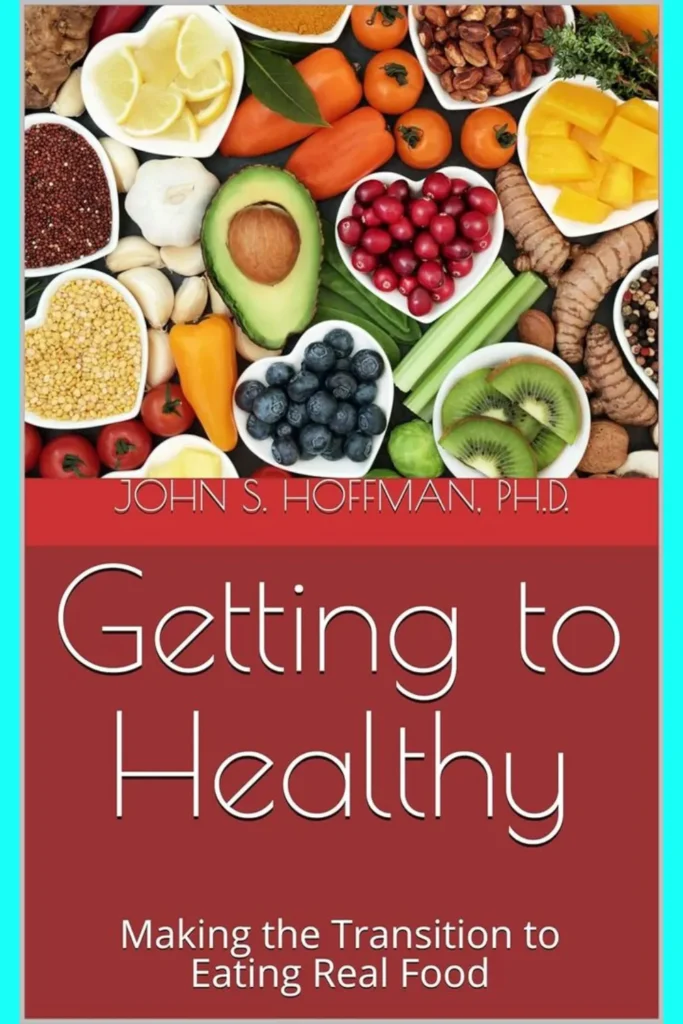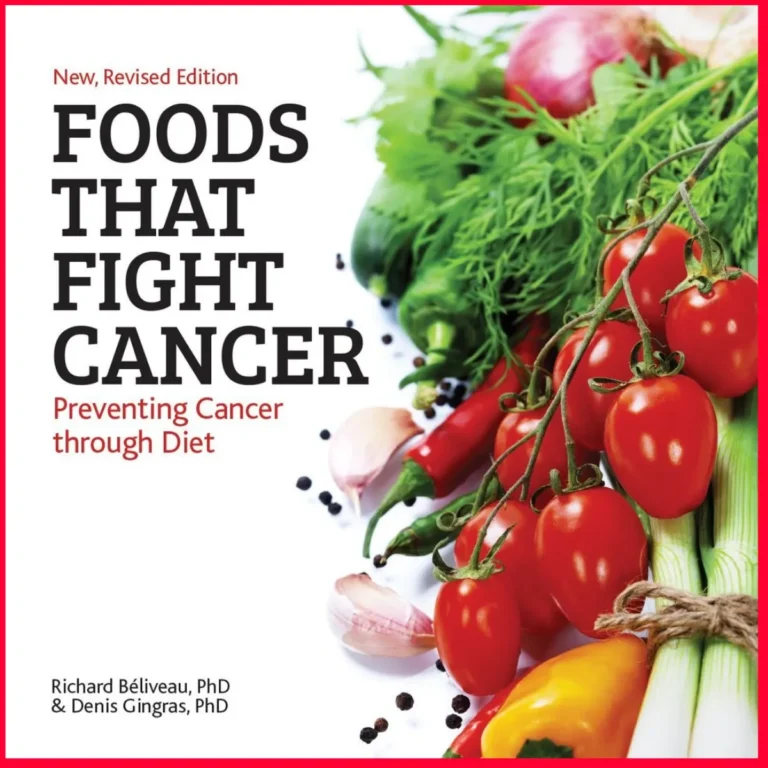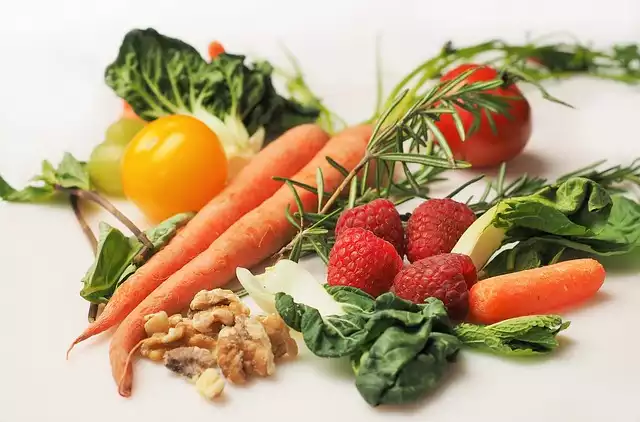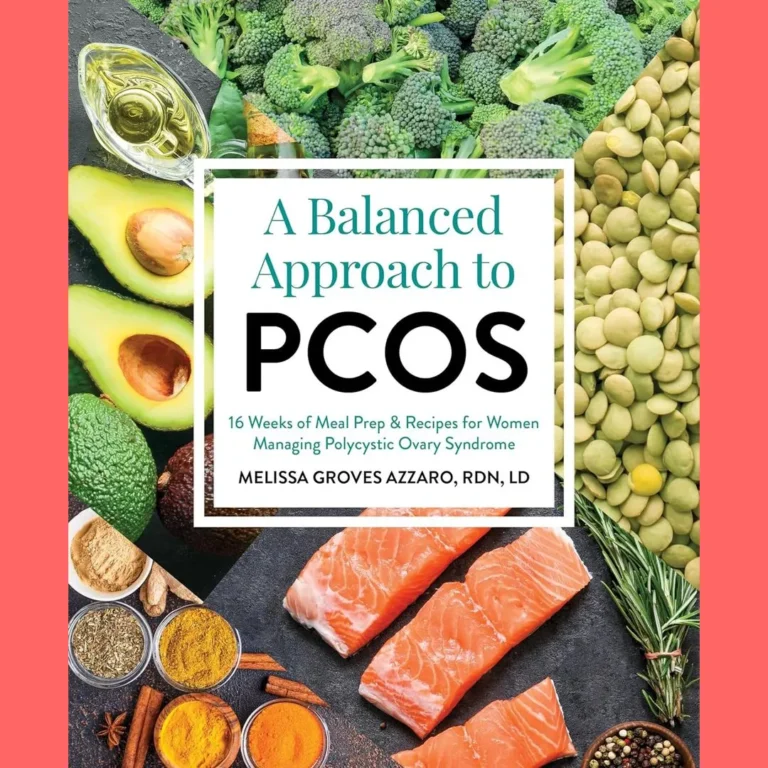Getting Healthy Nutrition
In today’s fast-paced world, it’s easy to fall into the trap of convenience and instant gratification when it comes to our food choices.
Processed and fast foods have become the norm, taking over our grocery store shelves and restaurant menus.
However, this convenience comes at a high cost – the decline of our overall health and well-being.
As the rates of chronic diseases, obesity, and other health issues continue to rise, it’s becoming increasingly clear that we need to make a change in our eating habits.
That change begins with transitioning to a real food diet to Getting Healthy Nutrition.
Real food is defined as whole, unprocessed, and nutrient-dense foods that are as close to their natural state as possible.
While the idea of transitioning to a real food diet may seem overwhelming or daunting, the benefits far outweigh any challenges.
In this article, we will explore the importance of real food for our health, the process of transitioning to a real food diet, and tips for making the switch as smooth and sustainable as possible.
By the end, you will be equipped with the knowledge and tools to embark on your journey towards a healthier and more nourishing way of eating.
Table of Contents Getting Healthy Nutrition
Why real food is important
In our modern society, where convenience and processed foods dominate the market, it is crucial to understand the importance of consuming real, whole foods.
Real food refers to unprocessed, natural ingredients that are rich in nutrients and free from artificial additives.
Unlike processed foods that are often laden with preservatives, added sugars, and unhealthy fats, real food provides the necessary fuel and nourishment our bodies need to function optimally.
By choosing to incorporate more real food into our diets, we are not only promoting better physical health but also supporting sustainable agriculture and local food systems.
Real food is not just about taste and flavor; it is a means to foster a healthier lifestyle and build a stronger connection with the food we consume.
Understanding nutrition labels
When embarking on the journey to eating real food, it is essential to develop a solid understanding of nutrition labels.
These labels serve as a valuable tool for making informed choices about the foods we consume.
By carefully examining these labels, we can identify the ingredients used, their quantities, and the nutritional value of the product.
Paying attention to the serving size, calories, and macronutrient breakdown allows us to monitor our intake and ensure we are meeting our dietary needs.
Additionally, looking out for added sugars, sodium, and unhealthy fats helps us make healthier choices and avoid unnecessary additives.
Understanding nutrition labels empowers us to make conscious decisions that align with our goals of adopting a real food lifestyle and achieving optimal health.
Incorporating whole foods into meals
One effective strategy for transitioning to a real food lifestyle is to incorporate whole foods into our meals.
Whole foods refer to unprocessed or minimally processed foods that are as close to their natural state as possible.
These include fruits, vegetables, whole grains, lean proteins, and healthy fats.
By prioritizing these nutrient-dense foods, we can nourish our bodies with essential vitamins, minerals, and antioxidants.
We can start by adding a variety of colorful fruits and vegetables to our plates, using whole grains like quinoa or brown rice as a base for meals, and opting for lean protein sources such as chicken, fish, or legumes.
By gradually replacing processed foods with whole alternatives, we not only improve the nutritional value of our meals, but also enhance our overall health and well-being.
The benefits of meal planning
Meal planning offers a multitude of benefits when transitioning to a real food lifestyle.
Firstly, it promotes improved dietary choices by allowing us to plan and prepare balanced meals in advance.
By taking the time to thoughtfully select whole, nourishing ingredients, we can ensure that our meals are packed with essential nutrients and free from processed additives.
Additionally, meal planning helps to save time and reduce stress by eliminating the need to make last-minute decisions about what to eat.
With a well-structured meal plan in place, we can efficiently grocery shop, prep ingredients, and have meals ready to enjoy throughout the week.
Furthermore, meal planning can contribute to better portion control and weight management.
By accurately measuring and portioning our meals in advance, we are less likely to overeat or rely on unhealthy convenience options.
Ultimately, incorporating meal planning into our real food journey empowers us to make intentional choices that prioritize our health and well-being.
Making healthier snack choices
When transitioning to a real food lifestyle, making healthier snack choices is an important aspect of maintaining a balanced and nourishing diet.
Instead of reaching for processed snacks high in sugar and artificial ingredients, opt for whole food options that provide both satisfaction and nutritional value.
Fresh fruits and vegetables, such as apple slices with almond butter or carrot sticks with hummus, make for delicious and nutrient-dense snacks.
Nuts and seeds are also excellent choices, offering healthy fats and protein to keep you feeling satisfied between meals.
Additionally, homemade snacks like granola bars made with natural sweeteners and whole grains can provide a satisfying treat while avoiding unnecessary additives.
By prioritizing real food snacks, you can support your overall health and well-being on your journey to eating real food.
Switching to whole grain options
In the pursuit of a real food diet, one important step is to switch to whole grain options.
Whole grains are minimally processed and retain the bran, germ, and endosperm, providing a higher nutrient content compared to refined grains.
By incorporating whole grain options like brown rice, quinoa, whole wheat bread, and whole grain pasta, you can increase your intake of fiber, vitamins, and minerals.
These complex carbohydrates provide sustained energy and help regulate blood sugar levels, promoting better overall health.
Making the switch to whole grain options not only enhances the nutritional value of your meals but also adds a delightful texture and flavor to your dishes.
The impact of processed foods
Processed foods have become a ubiquitous part of our modern diet, but their impact on our health should not be underestimated.
These foods, often high in added sugars, unhealthy fats, and artificial additives, can contribute to a range of health issues such as obesity, heart disease, and diabetes.
The convenience and palatability of processed foods may make them tempting, but it is crucial to recognize the toll they can take on our well-being.
By transitioning to a real food diet, we can reduce our reliance on processed foods and instead focus on consuming whole, unprocessed ingredients that provide essential nutrients and support optimal health.
Prioritizing whole, natural ingredients
To truly prioritize whole, natural ingredients in our diet, it is important to understand what they are and why they are beneficial.
Whole, natural ingredients refer to foods that are as close to their natural state as possible, without undergoing significant processing or refining.
These foods include fruits, vegetables, whole grains, lean proteins, and healthy fats.
By choosing these ingredients over highly processed alternatives, we can maximize the nutritional benefits they provide.
Whole foods are rich in vitamins, minerals, fiber, and antioxidants, which are essential for supporting our overall health and well-being.
Additionally, they are often lower in added sugars, unhealthy fats, and sodium, which can contribute to chronic health conditions.
Making the transition to eating real food may require some adjustments, but the long-term benefits for our health are well worth it.
By incorporating more whole, natural ingredients into our meals and snacks, we can nourish our bodies with the nutrients they need to thrive.
In conclusion, transitioning to a real food diet may seem like a daunting task, but it is one that can have numerous benefits for our health and well-being.
By focusing on whole, unprocessed foods and minimizing processed and artificial ingredients, we can nourish our bodies with the nutrients they need to thrive.
It may take some time and effort to make this transition, but the long-term effects on our physical and mental health are worth it.
Let’s prioritize our health and make the switch to real, wholesome food choices.
FAQ
What are the key benefits of transitioning to a diet focused on real, whole foods?
Transitioning to a diet focused on real, whole foods offers numerous benefits including increased nutrient intake, better digestion, improved energy levels, weight management, reduced risk of chronic diseases, improved skin health, and better overall well-being.
By consuming foods in their natural state, you are providing your body with the essential nutrients it needs to function optimally, leading to a healthier and happier life.
How can individuals overcome common obstacles or challenges when making the transition to a healthier diet?
Individuals can overcome common obstacles or challenges when transitioning to a healthier diet by setting realistic goals, gradually introducing new foods, seeking support from friends or online communities, planning meals in advance, experimenting with different recipes, keeping healthy snacks readily available, and focusing on the long-term benefits of a balanced diet for overall health and well-being.
It’s important to be patient with oneself and understand that setbacks are normal, but consistency and perseverance are key to successfully adopting a healthier eating pattern.
What are some practical tips for meal planning and preparation when transitioning to a real food diet?
When transitioning to a real food diet, start by creating a weekly meal plan that includes a variety of whole foods like fruits, vegetables, whole grains, lean proteins, and healthy fats.
Prioritize batch cooking and meal prepping to save time during the week.
Stock your kitchen with essential cooking tools and pantry staples.
Shop for fresh, seasonal produce and try to buy organic when possible.
Experiment with new recipes and cooking methods to keep meals exciting.
And most importantly, listen to your body and make adjustments based on your individual needs and preferences.
How can individuals ensure they are getting a balanced and nutritious diet when focusing on real foods?
Individuals can ensure they are getting a balanced and nutritious diet by focusing on a variety of real foods from different food groups, such as fruits, vegetables, whole grains, lean proteins, and healthy fats.
It is important to prioritize whole, minimally processed foods, read labels to avoid hidden sugars and unhealthy additives, and plan meals ahead to ensure a good mix of nutrients.
Listening to the body’s hunger and fullness cues, staying hydrated, and seeking guidance from a registered dietitian can also help in maintaining a healthy and balanced diet.
What are some potential pitfalls to watch out for when transitioning to a real food diet, and how can they be avoided?
Some potential pitfalls when transitioning to a real food diet include nutrient deficiencies, food cravings, and feeling overwhelmed by meal planning.
To avoid these pitfalls, it is important to research balanced meal plans, gradually introduce new foods, listen to your body’s hunger cues, and seek support from nutrition professionals or online communities.
Additionally, staying organized with grocery shopping and meal prep can help simplify the transition process and make it easier to stick to a real food diet in the long run.








